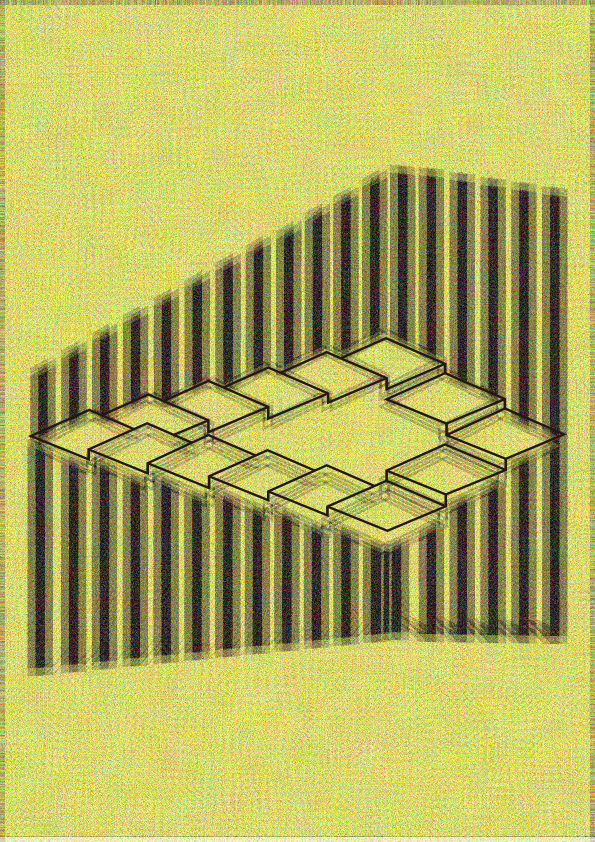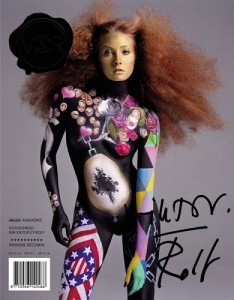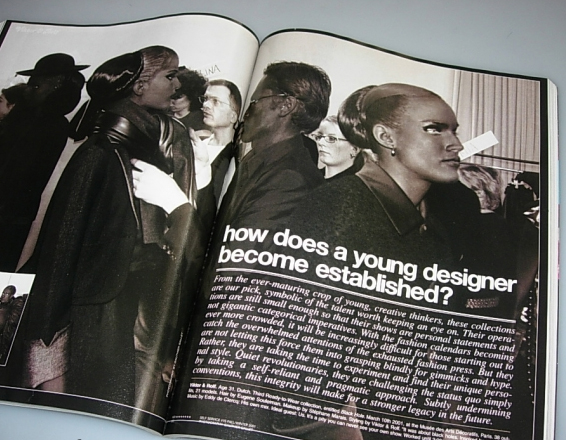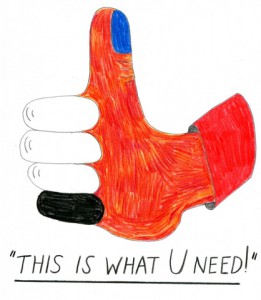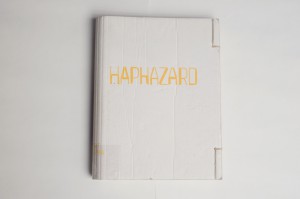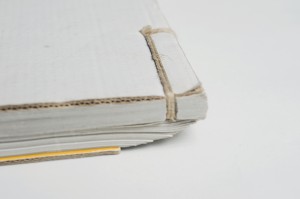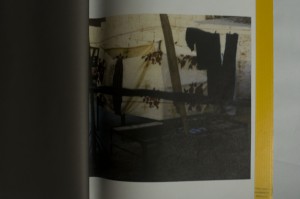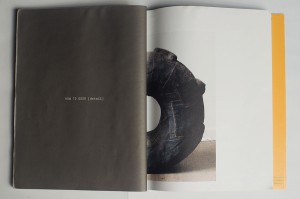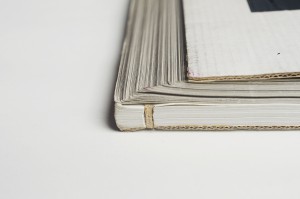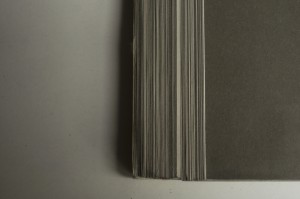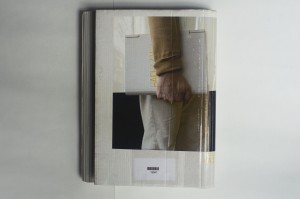you can see the full video here
Living in the 21st-century ‘internet‘ has become a big part of life where it is inevitable. With the help of the internet, humans were able to achieve a lot of accomplishments. Looking at the experiences that I personally use the internet so-called ‘surfing’, I encounter with so many random information, and the randomness that leads to different randomness gives surprises and joy of knowing and not knowing at the same time. There are many choices that we can make and at the same time even with definite choices on the internet you never know what you bump into. Just like the times we spend on google or youtube. It goes similar to the design blog, there are archives of the basic year students and Rietveld academie with a lot of projects and archives from 2007.
In the blog itself, there are so many clicks or icons that lead you to so many different destinations. The changes in the cursor and the icon changes may distract you or guide you to almost infinite time and loop in the designblog itself. When everything is a possibility and knowing the fact of encountering different experiences and the randomness, having a perspective may give you slight changes in the times on the blog. Like the internet that we use and the deep web, they both exist but it’s just the way we approach the internet.
When spending time on clicking and facing different pages on the web, you will notice that the links provided on the blog may not always lead you to the web you imagine. Some may be missing the links and the websites may have changed over time and won’t lead to the exact place as the writer of the post.
First posts starting from 2007, I thought it would be interesting to see how the web would be like, and look at the posts from the exact time when the posts were published. Just like a ‘time-machine’ what was it like in the past? The web and the internet changes a lot and we only face the recent and modified versions, the majority of the websites are updated to the latest version. Thus, we only see the brand new versions and changes. However, with the help of the internet archive service website called ‘wayback machine‘ you can go back into the times where the posts were first published and can see how the blog was like back in the past. The experience of wayback machine web to the past and browsing through the blog gives you a totally different time. The websites leading out of the blog has a different design and directs you to the exact place the links were first made to. The service guides you to the past to see the old versions of the blog and fixes most of the missing links.
The experience with the wayback machine was like looking at books in the library. For example at a library when you choose a book and read, the design, context, and the information are the same as the date when it was first published. Thus, looking at a book can be seen as taking a time machine and experiencing the past. On the other hand, the Internet gives creators the ability to change and update information directly and instantly, and thus it’s hard for the users to notice or remember how the web was like in the past. The web pages are always changed and updated to something new. Since the design blog functions as an archive of the rietveld students like a library, the use of the wayback machine can make you feel the experiences you have at a library, by positioning yourself back to the time the post was published and see how what it was actually like.
Even with the same act of browsing the same website, a slight twist in looking from the past can give a whole new experience and the way of seeing things, like the game spot the differences.
